|
Can
these be classified as fossils? Probably less than two thousand years
old
|
|
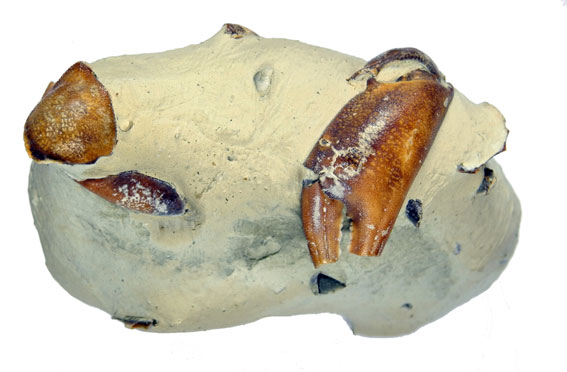 |
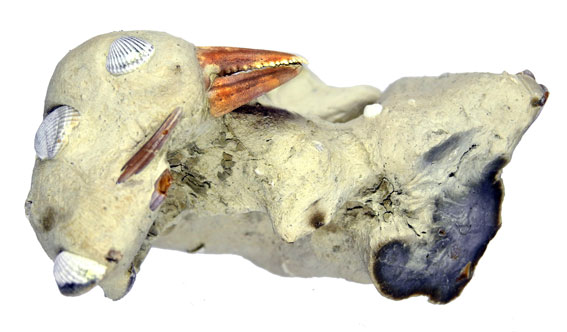 |
|
These 'fossils'
if they can be called fossils are 'Holocene' in age and were found in
the muddy mounds left by a mechanical digger after a dyke was opened
up. They were found at Holm Place farm, Halfway, on the Island. This
is now an inland farm, but the sea did flood the area in ancient times
when the area had several islands separated by 'fleets'. Fleets were
wide areas of salt marsh and open water which have for the most part
been reclaimed as farmland. Capel Fleet still survives between what
were the Islands of Harty and Elmley. The concretions above contain
the remains of modern crabs, the shore crab Carcinus maenas. There
are also cockles embedded in the concretions. Loose cockle shells can
still be found eroding from the muddy mounds.
|
|
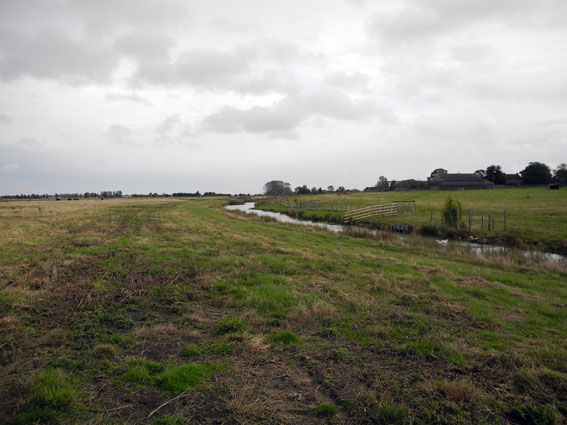 |
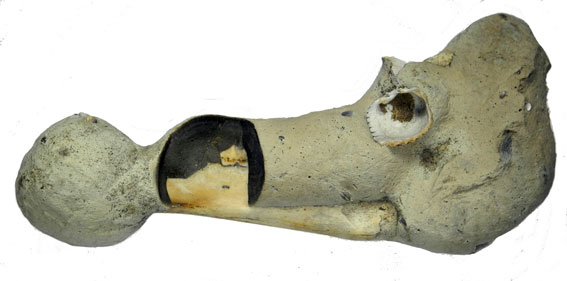 |
|
The area
where the concretions were found in the mounds of silt accumulations
after the dykes were opened up by dredging.
|
Possibly
a fox or dog jaw bone in a very hard concretion found in context with
the crabs
|
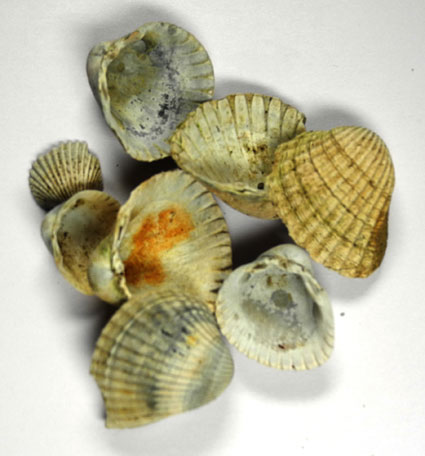 |
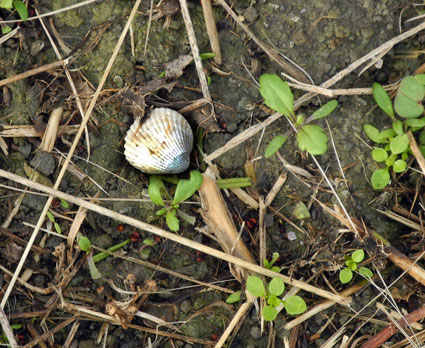 |
|
These
cockle shells were found in association with the 'fossil' concretions
figured above.
|
|
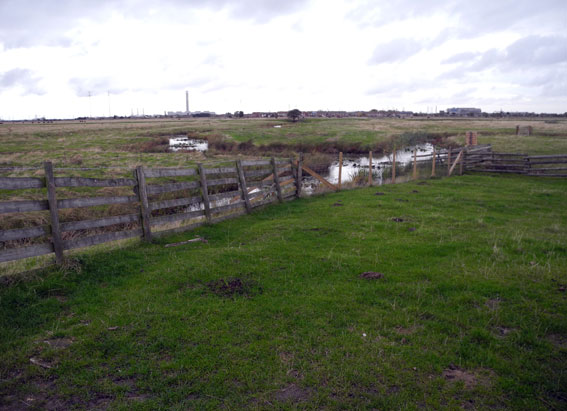 |
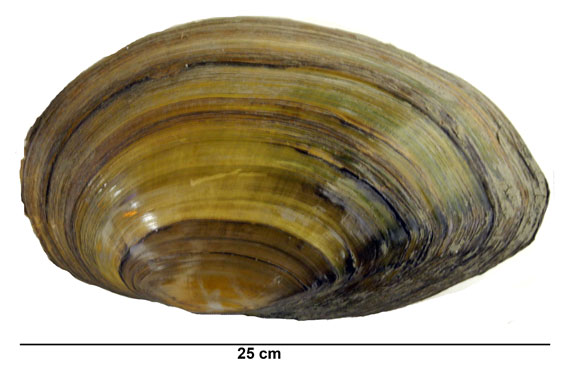 |
|
Dykes
at Holm Place farm, Queenborough, where the 'swan mussel' flourishes
in the dykes.
|
The swan
mussel, Anodonta cygnea, is a large species of freshwater mussel,
an aquatic bivalve mollusc in the family Unionidae
|
